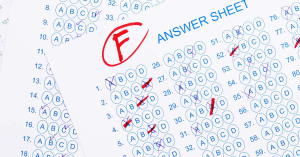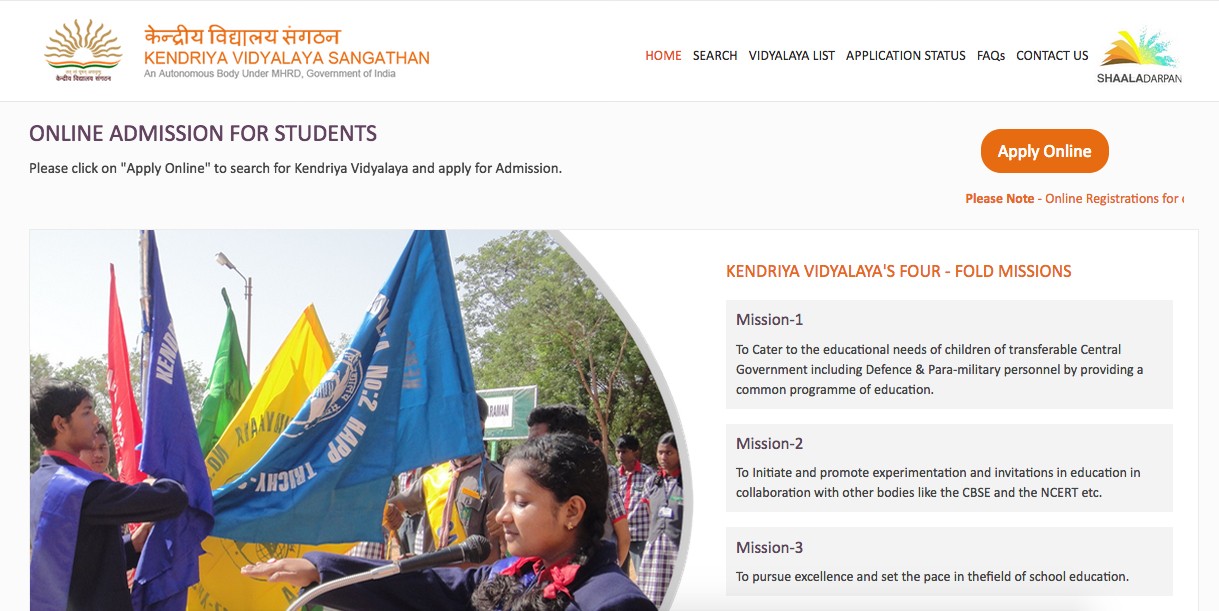Academic rigor is the foundation of any educational institution's mission to produce well-prepared graduates. Rigor is often defined by the depth of the curriculum, the intellectual challenge presented to students, and the standards required for success. A key component of rigor is how student knowledge and progress are assessed throughout their academic journey. Traditionally, final exams have been the cornerstone of academic evaluation, testing a student's understanding of the entire course at the end of the term. However, continuous assessment, which includes regular quizzes, assignments, group work, and projects throughout the term, has emerged as a popular alternative or complement to final exams.
Both methods aim to promote learning and ensure students achieve academic mastery, but they differ in approach and effectiveness. This article will explore the strengths and weaknesses of continuous assessments versus final exams, examining how each contributes to academic rigor and student success. Additionally, it will discuss whether a blended approach can provide the optimal balance for fostering critical thinking, long-term learning, and academic growth.
What Is Continuous Assessment?
Continuous assessment refers to a method of evaluation that takes place throughout the academic term, as opposed to relying solely on a final exam. This approach includes various forms of assignments such as quizzes, group projects, written essays, presentations, and even peer evaluations. By spacing out assessments over the course of the term, continuous assessment aims to engage students more consistently with the material and encourage active participation in the learning process.
One of the key benefits of continuous assessment is that it provides ongoing feedback. Students receive regular updates on their performance, which allows them to identify areas where they need improvement before the end of the course. This process fosters a more reflective approach to learning, as students can adjust their study habits and engage more deeply with the material over time.
Additionally, continuous assessment reduces the pressure that comes with high-stakes final exams. Since a student’s performance is measured through multiple assignments rather than one culminating test, they are less likely to experience the intense stress associated with finals. This can lead to a more balanced approach to learning, where students focus on understanding concepts rather than simply memorizing information to pass a test.
Furthermore, continuous assessment often incorporates a variety of tasks, which helps assess different skills. For example, projects might measure critical thinking and creativity, while quizzes focus on knowledge retention. This diversity ensures a more holistic evaluation of student performance, aligning with modern educational goals of fostering well-rounded graduates.
Final Exams: Traditional Measure of Academic Success
Final exams have been a long-standing tradition in academic institutions worldwide. These exams are designed to assess a student's comprehensive understanding of a course's material at the end of a semester or academic year. The idea behind final exams is to test the cumulative knowledge that students have acquired over a period, often placing significant weight on their overall grade.
One of the main advantages of final exams is that they encourage students to engage in long-term retention and synthesis of information. In theory, final exams push students to review and integrate all the material covered during the course, offering a clear measure of how well they have mastered the content. The pressure to perform well can motivate students to study harder and take the material seriously, which can enhance their learning outcomes.
However, the high-stakes nature of final exams also has drawbacks. The pressure to perform well in a single test can induce anxiety and stress, which may impair performance. Students may focus on memorization and rote learning as a means to "cram" for exams, which might result in short-term retention of information rather than deep understanding. Furthermore, a single exam does not always reflect the full scope of a student's abilities, particularly in areas like critical thinking, problem-solving, and creativity, which are often harder to assess through timed, written tests.
Another potential issue with final exams is that they can disproportionately affect a student’s overall grade. If a student has a bad day or struggles with test anxiety, their performance may not accurately reflect their knowledge or hard work throughout the course. As a result, relying heavily on final exams can sometimes lead to unfair or inaccurate assessments of student capability.
Comparison: Strengths and Weaknesses
Both continuous assessments and final exams offer valuable insights into a student's academic progress, but they have distinct strengths and weaknesses. Understanding these differences can help institutions design more effective evaluation strategies that support academic rigor.
Continuous Assessment: Strengths
- Frequent Feedback: One of the most significant benefits of continuous assessment is the regular feedback provided to students. This allows students to monitor their progress and make necessary adjustments throughout the term, leading to a deeper understanding of the material.
- Engagement and Consistency: Continuous assessments keep students engaged throughout the course. Since they know their performance is being measured regularly, they are more likely to stay on top of their work, participate in class discussions, and apply themselves consistently.
- Holistic Skill Development: Continuous assessments often incorporate diverse tasks such as projects, essays, and presentations. These types of assignments measure a wider range of skills than traditional exams, promoting critical thinking, creativity, collaboration, and communication.
- Reduced Exam Anxiety: The lower-stakes nature of continuous assessment helps to alleviate the intense pressure that comes with final exams. This can lead to better academic performance and a healthier approach to learning.
Continuous Assessment: Weaknesses
- Time Management Challenges: With multiple assessments spread out over the term, students may struggle to balance their workload, especially if they are enrolled in several courses with continuous assessments. This can lead to burnout or inconsistent performance.
- Less Focus on Synthesis: Continuous assessment may encourage incremental learning, but it can sometimes fail to push students to synthesize and integrate information from across the entire course. This could lead to gaps in their overall understanding of the subject matter.
Final Exams: Strengths
- Comprehensive Understanding: Final exams require students to review and apply knowledge from the entire course, encouraging long-term retention and the ability to connect various concepts. This can lead to a deeper understanding of the material as students must integrate what they've learned over time.
- Encouragement of Discipline: The pressure to prepare for a final exam fosters discipline, time management, and study habits, which are valuable skills in both academic and professional settings.
Final Exams: Weaknesses
- High Stress and Anxiety: Final exams can cause significant stress, which can negatively impact performance and student well-being. This can lead to test anxiety, poor sleep, and diminished cognitive function during the exam.
- Limited Skill Evaluation: Final exams often focus on knowledge retention and analytical skills, but they may not assess other important competencies like creativity, teamwork, or practical problem-solving. This narrow scope can result in an incomplete picture of a student’s abilities.
The Future of Academic Assessment
As education evolves, there is growing recognition that neither continuous assessment nor final exams alone are sufficient to foster academic rigor. Instead, many institutions are moving towards a blended model that incorporates both types of assessment. This approach allows for regular feedback and engagement throughout the term, while also ensuring that students can demonstrate a comprehensive understanding of the material at the end of the course.
Technology is also playing a role in reshaping assessment methods. Online platforms allow for more creative and adaptive assessments, such as e-portfolios, simulations, and peer reviews. These innovations can further diversify the ways in which student learning is evaluated, promoting a more rounded and rigorous educational experience.
Ultimately, the goal of assessment should be to foster deep learning, critical thinking, and skill development. By balancing continuous assessment with final exams, institutions can create an environment where students are motivated to engage with the material consistently, while still being challenged to demonstrate their mastery of key concepts.
Conclusion
Both continuous assessments and final exams have important roles to play in promoting academic rigor and student success. Continuous assessment encourages consistent engagement, provides frequent feedback, and fosters a broader range of skills, while final exams promote long-term retention and comprehensive understanding of course material. The key to effective academic evaluation lies in finding a balance between the two.
By integrating both continuous assessments and final exams into their evaluation frameworks, educational institutions can ensure that students develop not only a deep understanding of course content but also the critical thinking and problem-solving skills needed for success in their academic and professional futures.







